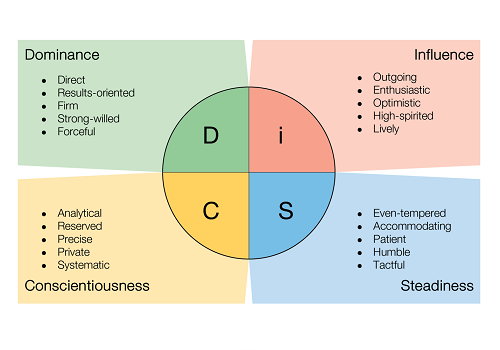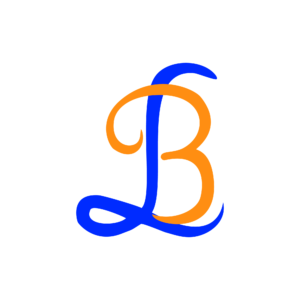DISC
About DISC

What does the DISC test measure?
The DISC personality assessment is based on Marston’s theory of human observable behaviour. This theory determined that there are 4 primary categories, or quadrants, of personality. Every person possesses some amount of each trait but will have certain traits, or categories, that are prevalent. Every individual is unique, and each person’s combination of the four traits will be unique to them. The DISC test measures the prevalence of each trait in an individual.
How do you use the DISC assessment? What are its applications?
DISC personality assessments measure a person’s predictable personality traits and behavior. They can present us with valuable input regarding how a person thinks, feels, what motivates them, and what deters them. It tells us about how they relate to systems, how they approach conflict, how they relate to people, and how they respond to different environments. This information has almost limitless applications, but it is most commonly used for the following Applications Of DISC:
- Hiring (as a Pre-Employment
- Screening)
- Employee & Volunteer Placement
- Team Building
- Conflict Resolution
- Stress Management
- Personal Development
- Sales Training
- Leadership & Management Training
- Career Placement
Styles commonly are different in the home environment, in a social environment, and in a work environment. This information can be very powerful when used in hiring the right person for a position, increasing communication between teams and individuals, training managers and leaders, and many more DISC applications. By understanding one’s needs, fears, and tendencies in communication and behaviour, you can proactively adapt or approach them in a way in which they will react positively. People are all different, but people are predictably different.
DISC Theory: What is DISC?
A Brief Explanation of DISC Personality Types Dr. William Moulton Marston was the creator of DISC Theory at Harvard University in the 1920s, while doing research for his book The Emotions of Normal People. He was looking to identify predictable traits and behaviours of everyday people in different environments. DISC styles are a combination of four behavioural personality types: D for Drive, I for Influence, S for Steadiness and C for Compliance.
Click Here To Schedule Your Complimentary Consultation With Lorinda BuckinghamBy taking the DISC test and looking at one’s primary, secondary, tertiary and even absent style traits, we are able to determine one’s DISC personality type and how they will act, react, communicate, handle conflict, and even organize a project or workspace in a given environment.

